4 easy-to-use SEO strategies to try in 2018

2018 is getting closer and closer, so why not try a new SEO strategy as you settle into the new year?
We have scoured the internet to select 4 SEO strategies that you can easily implement at the start of the new year.
Each of these strategies has been proven to work, so pick one or more, give them a go and see how they will help you maximize your traffic.
Focus on building internal links
Every year we hear that Google is eventually going to drop external links as their number-one ranking factor. Yet, the presence of relevant, high-value external links remains the most important criterion in Google’s eyes.
That said, internal links can be just as important for your search engine rankings.
How is that so?
Well, internal links are still links and Google treats them in pretty much the same way it treats external links – they too pass link juice and their anchor text matters equally. Their presence on your website will signal Google that the linked pages are also important.
SEO aside, internal links can also point your visitors to other pages on your website that can be of interest to them. Plus, they will allow the search engine bots to navigate your site more easily and will improve your crawl budget.
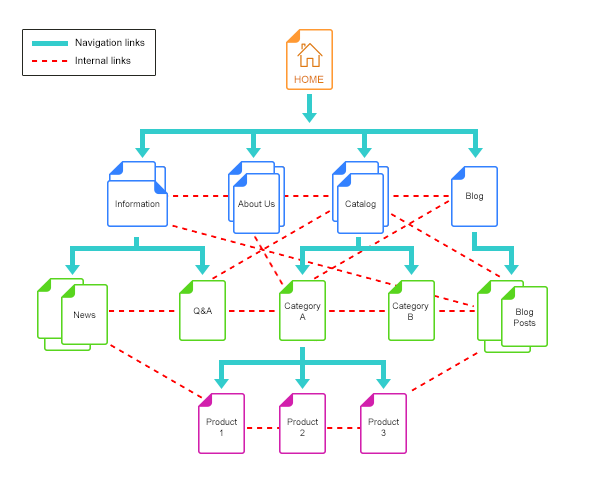
Now that you know that internal links are important, focusing on them will be the first SEO strategy that we propose you embrace in 2018. Here are several tips to keep in mind when implementing internal links on your website:
- don’t overstuff a page with links – the more links a page has, the less value each link will hold;
- only add links that are relevant to the content on the page;
- the anchor text should directly relate to the keyword you want the linked page to rank for;
- don’t use the same anchor text for two different pages;
- minimize the use of duplicate links;
Speaking of duplicate links, Google reportedly counts only the first link it encounters and ignores the second. On Nielsen Norman’s blog, there is a great UX guide on duplicate links and why you should avoid them.
For more details on how to implement an effective internal link building strategy, you can check this excellent article by Neil Patel, as well as this Whiteboard Friday video by Rand Fishkin.
Featured snippets will increase your CTR and traffic
Our second SEO strategy for 2018 will focus on featured snippets. These are small answer boxes that show up when you search something on Google. They are meant to answer searchers’ queries in a short and concise manner, without them having to navigate to a specific page. Here’s an example:
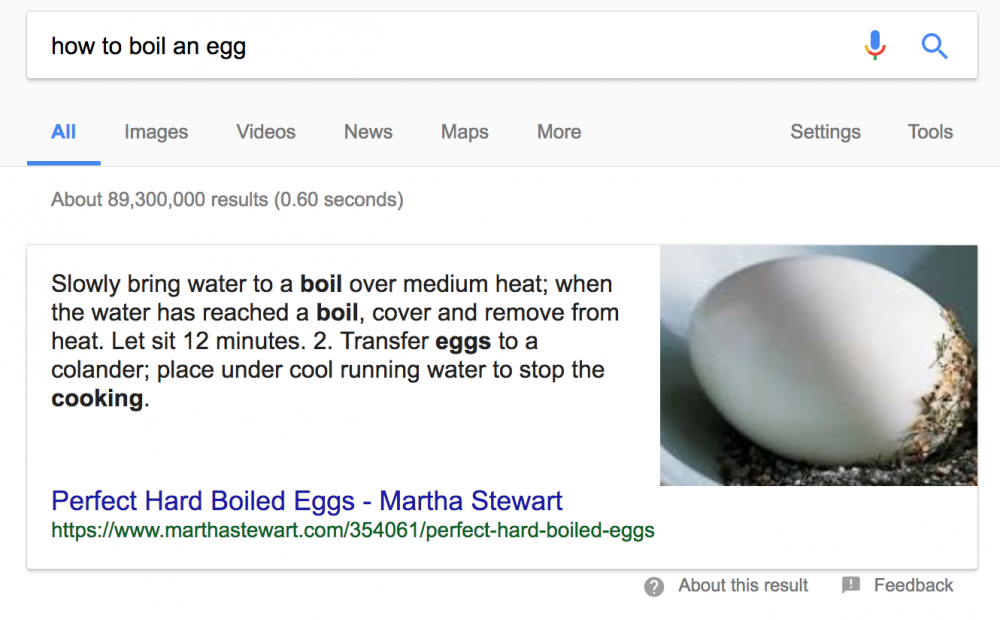
There are several important things you need to remember:
- although most featured snippets are for page 1 URLs, it’s not unusual for page 2 URLs to get a higher position;
- the featured snippet box is displayed above all other results, even paid ads;
- this is not a paid feature, anyone can be featured;
- the featured snippet brings a much higher CTR than an average page #1 result does;
Let’s get back to our egg example. In the featured snippet, we can see that the content has been pulled from Martha Stewart’s website. However, if you look at the SERPs, you will see that her website is actually ranked 4th.
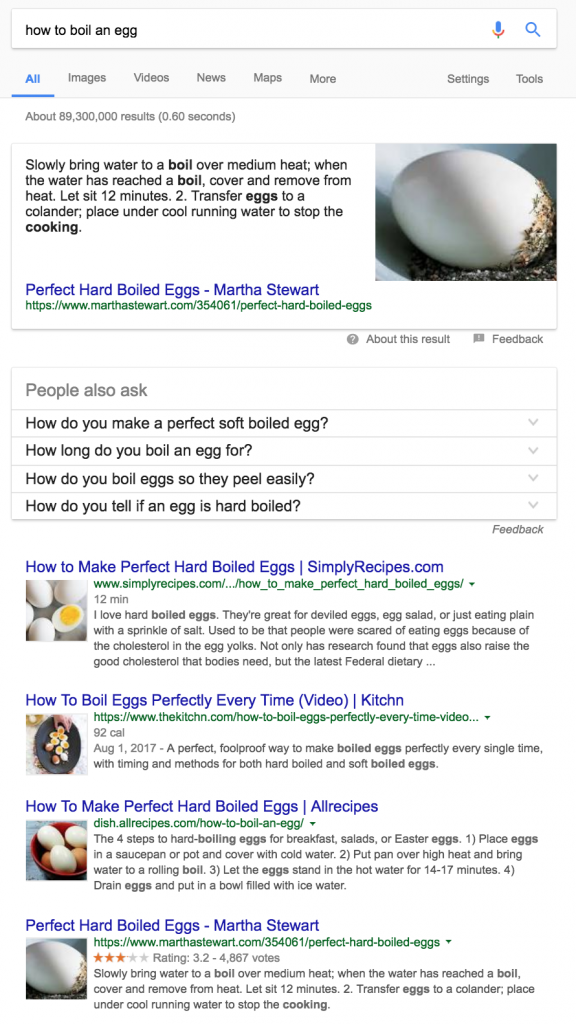
But which result will more accurately answer your query? Stats show that featured snippets often attract a hundred times more clicks than number 1 results do.
So, how to get there?
The first thing you should do is take the searcher’s intent into consideration, i.e. what exactly he/she is looking for. Back to the egg example – since you are searching for “how to boil an egg”, you probably want to know… well, how to boil an egg. So, you need a quick answer to your question, a brief summary.
This is the most important purpose of any featured snippet – to give the searcher the answer they are looking for.
Here is how to do that
Let’s say you want to get featured for “What is an empanada?”. Your page must have a header tag with the exact (or very similar) content. Right after the H1 tag, you need to place a brief explanation of what exactly an empanada is.
The H1 tag is important since it lets the Googlebot know what the title of the article is. With the advances in artificial intelligence, Google can now correlate the H1 tag and the text below and get an idea of what exactly is going on on this page.
Another thing to consider is the need to tailor your content to what people are actually looking for. If you want to get featured on a “How-to” SERP, for example, you need to provide step-by-step instructions on how to deal with the given problem, instead of just a brief summary.
Learn how to write irresistible title tags
The title of your web page is the first thing potential visitors will see when they search for something on Google. The job of your title is to convince them to visit your site instead of a competitor’s.
So, knowing how to create compelling and irresistible title tags is a must-have skill.
Mastering this skill is the third SEO strategy that we advise you to adopt in 2018.
The easiest way to create better title tags is to check out what the competition is doing. Since you are most likely not occupying the #1 spot, check out the person who is. Probably their site is there because they are doing the right things SEO-wise. Analyze their title and see how you can make yours better.
A powerful tool you can use here is Google Ads.
People running ads in your niche have most likely tinkered them in such a way as to achieve the best results. So, the ads you see are the result of long hours of A/B tests. Spare some time to study them in order to find out what works.
Here are a few tips on how to write title tags:
- place the keyword you want to rank for closer to the beginning of the title;
- avoid keyword stuffing;
- branding, if there is any, should go last;
- avoid using the same title on two pages;
- use shorter sentences;
- the max title tag length should be around 70 characters;
- use power words to attract the attention of your visitors; this article from Orbitmedia includes a great collection of power words you can use;
Start using long-form content
2018 is the perfect year to explore long-form content, i.e. content that’s longer than 1000 words.
Why, you might ask?
Well, consider this – the longer your article is, the bigger its chances will be to rank not only for the intended keyword, but also for related long-tail keywords.
But don’t just take our word for it – check out the following statistics. According to a Moz study, articles that contain more than 3000 words attract twice as many shares and thrice as many backlinks:
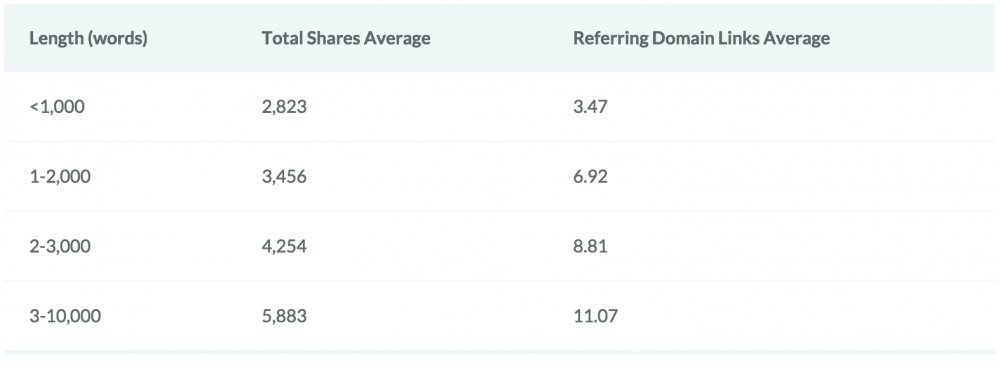
This was also confirmed by Buzzsumo in their analysis of the most shared articles on BuzzFeed and Guardian:
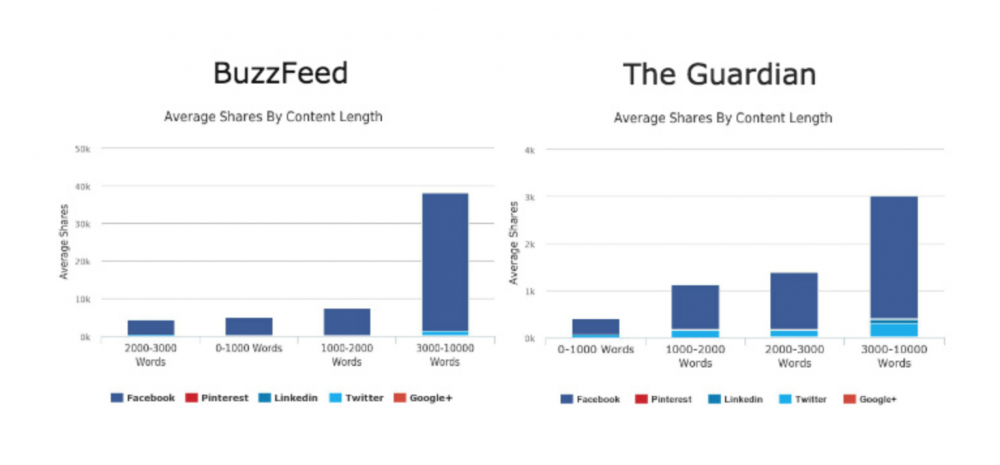
Also, the longer the article is, the more Latent Semantic Indexing (LSI) keywords you will be able to use. These keywords are semantically related to your main keyword and signal Google that you have a more in-depth article on the subject. You can use the LSI Graph tool to easily discover related keywords.
You probably have guessed by now that writing long-form content is going to be the fourth SEO strategy that we have for you.
So, how to write long-form posts?
One thing you have to remember is that you are neither writing a book, nor an article for a newspaper or a magazine. You are writing for people who are “scanning” the web, looking for information on particular issues that are of interest to them. So, you need to cater to their needs.
You need to use shorter paragraphs that will make your writing much easier to understand. Make sure that you also add the necessary space between them.
You also need to divide the text into multiple headings and subheadings. Headings attract attention and can help convert more scanners into readers, which is exactly what you want. Check out this article from Copyblogger to learn how to write better headings in no time.
Another thing you can use in long-form posts to make them more interesting is images like graphs or screenshots (we’ve used both in this article). They should visually reinforce what you are saying. You can use images that are not very tightly related to the content itself, but are in sync with the point that you want to make.
Do you have a quote from someone famous you can use? There is a reason there are so many famous people in advertising – people generally trust them more. You can make it stand out using an appropriate technique. For example, the WordPress editor offers a special blockquote style for this very purpose.
Last, but not least – research. If you’ve decided to write a long-form post, check out other posts on the same subject and see what they have in common. Also, see what they are lacking, as this is what will allow your content to stand out.
Remember – every time you write a new long-form post, you will have an edge over your competitors, since there will be so many issues they haven’t covered yet.

Check the Alexa Rank for up to 5 websites at a time with this free online Alexa Rank Checker!
The Check Seo Web Tools – Alexa Rank Checker is the easiest and fastest way to simultaneously collect Alexa Rank, incoming Links, and the Status of multiple websites. This way you get to know where you stand and your competitors in the business. https://checkseoweb.com/alexa-rank-checker/